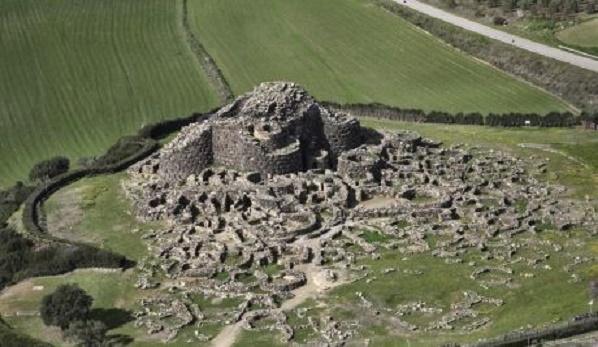Sardinia is very fertile and was largely self-sufficient in antiquity. The second largest Mediterranean island has since time immemorial also been a crossing point of overseas shipping.

This tension between isolation and openness to the outside world led, in the middle of the 2nd millennium BC, to the expression of the characteristic Sardinian culture known as 'Nuragic'.
The name derives from the typical towers, called nuraghe, which consist of massive stone walls and which can still be admired on the island today.
For a long time a mystery, the archaeological research of the past 40 years now enables us to trace a coherent picture of this Bronze and Early Iron Age culture.
Sardinia - Land of Towers, designed by the leading Italian experts on the archaeology of the island, opens at the University of Zurich after a long trip around Italy.

The exhibition presents three thematic sections based on 800 objects, accompanied by explanatory texts, pictures, videos and an interactive computer installation:
- 'Stone' illustrates the monumental architecture and the living environment.
- 'Water' outlines the importance of the resource itself and also the role played by the sea as a bridge for the exchange of goods and ideas.
- 'Metal' introduces the importance of the raw material that ultimately drove Sardinian external contacts and also features the high bronze art of the prehistoric inhabitants of the island.
The exhibition Sardinia - Land of Towers runs until September 25, 2016.
Source: University of Zurich [April 15, 2016]
VIA «'Sardinia – Land of Towers' at the University of Zurich»